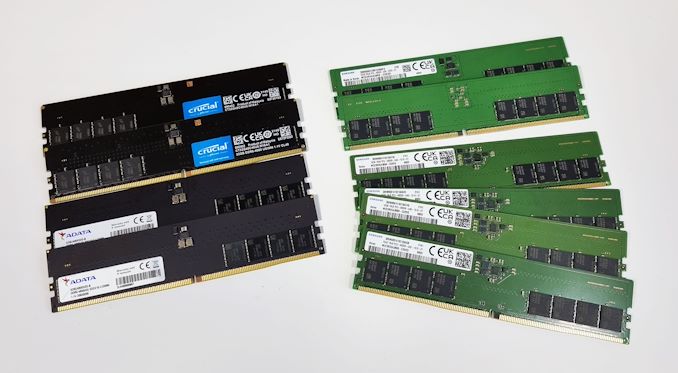Originally posted by edwaleni
View Post
Often more dimms also lead the mem controller to reduce frequency but that wasn't the case here as Michael said.


Comment